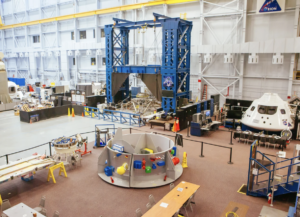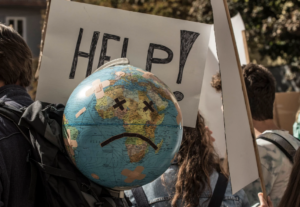In an effort to provide assistance to miners in South Africa trapped underground, a group of dedicated volunteers has taken on the dangerous task of entering an abandoned gold mine to help rescue those in need. These miners, often referred to as “zama zama” for taking their chances in the illegal mining sector, have found themselves stranded in a shaft in Stilfontein as they attempted to extract gold and mineral residues. The situation has escalated to the point where the authorities have restricted food and water supplies, leaving the miners in a dire state of survival.
The plight of these illegal miners has attracted attention both nationally and internationally, with concerns raised about their health and wellbeing as they remain trapped underground. Reports have surfaced indicating that the miners have resorted to consuming toothpaste and vinegar in order to sustain themselves while awaiting rescue. It is feared that their health may be deteriorating rapidly, leaving them too weak and fragile to make their own way out of the mine.
To address this urgent crisis, volunteers have organized themselves into three groups of fifty to assist in the rescue efforts. These brave individuals have been working tirelessly to extract the trapped miners, with each rescue operation taking approximately one hour to complete. Despite the risks involved, these volunteers remain committed to saving as many lives as possible and bringing these miners to safety.
Lebogang Maiyane, one of the dedicated volunteers, has spoken out against the government’s handling of the situation, accusing them of neglecting the miners’ right to life. He has called for urgent action to be taken to ensure the safe rescue of all those trapped underground. The government’s response, led by the Minister in the Presidency, Khumbudzo Ntshavheni, has been met with criticism from some family members of the trapped miners, who feel that the authorities are not doing enough to address the situation.
The illegal mining industry in South Africa has been a longstanding issue, with criminal syndicates often exploiting vulnerable individuals for their own gain. The closure of numerous mines in recent years has further exacerbated the problem, forcing many undocumented migrants and miners to turn to illegal mining as a means of survival. These individuals face significant risks as they navigate the dangerous underground world in search of valuable minerals.
As the rescue efforts continue, tensions have mounted between the authorities and the families of the trapped miners. Protests have erupted near the mine site, with relatives holding placards demanding action from the government to ensure the safe rescue of their loved ones. The emotional toll of this crisis is evident, as families anxiously await news of their missing relatives and hope for a successful outcome to this harrowing situation.
At the heart of this tragedy are the lives of the miners themselves, who deserve to be treated with dignity and respect. Their families, who are anxiously waiting for their safe return, are a poignant reminder of the human cost of illegal mining and the need for sustainable solutions to address this ongoing crisis. The efforts of the volunteers, risking their own safety to rescue those in need, serve as a beacon of hope in an otherwise grim situation. It is imperative that all stakeholders work together to ensure the safe rescue and rehabilitation of the trapped miners, and to address the root causes of illegal mining in South Africa. Only through collective action and compassion can we hope to prevent further tragedies like this from occurring in the future.






